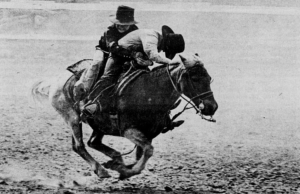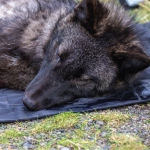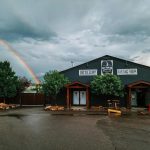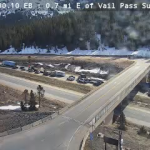Time Machine: 40 years ago, Colorado gets serious about mudslide danger in Eagle County
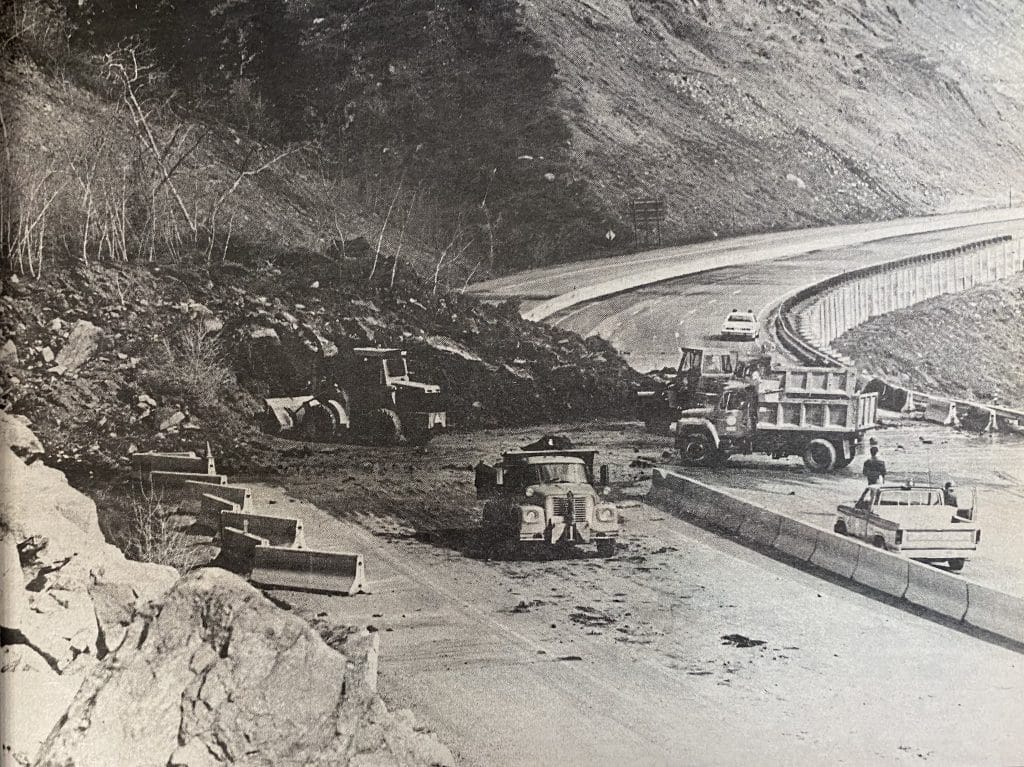
Vail Daily archive/Vail Trail
30 years ago
May 12, 1995
A condition called Whirling Disease was killing fish in local waterways, the Vail Trail reported.
“Only a year ago. Whirling Disease was virtually unheard of,” the Trail reported. “Now the topic is on the lips of every serious angler in the state, many of whom are downright scared.”
The disease was coming from a parasite selectively attacking the cartilage surrounding the brain and unformed bone structure of immature trout, causing head and skeletal deformities.
“Young trout that survive beyond 4-6 inches are safe once the cartilage hardens to bone, but still act as carriers,” the Trail reported. “The deformities in the less fortunate fish can pinch nerves, causing the fish to swim in circles, thus the name.”

Support Local Journalism
40 years ago
May 10, 1985
The state was starting to take seriously the threat of mudslides to the area after two years of problems, the Vail Trail reported.
Two years earlier, an enormous chunk of earth, trees, and boulders gave way and slid at Dowd Junction, covering most of Interstate 70. The following year, hundreds of large and small mudslides occurred, causing damage to homes and streets in Eagle County.
“Even then, after two springs of slides, not much appeared to be being done by government officials,” the Trail reported.
County Commissioner Dick Gustafson called a press conference to say he was frustrated with the highway department for not closely monitoring the situation. A report was then commissioned by the governor’s office which identified the Dowd Junction area as a major concern.
“The report by Gov. Lamm’s task force on the Dowd Junction mudslide area is in, and it shows that the state is taking the situation seriously,” the Trail reported.
50 years ago
May 9, 1975
Vail Trail publisher Allen Knox urged locals to speak out against proposed legislation which would place a 7 percent tax on sales of lift tickets, ski equipment, lessons and rentals.
“Why does our present state government seem to be so against tourism in Colorado?” Knox asked, rhetorically, in an editorial. “To begin, our Governor Lamm ‘lamb-blasted’ the proposed Beaver Creek project and now House Bill No. 1674, introduced by our own representative, Nancy Dick of Aspen, could further hamper our industry and livelihood.”
Knox was concerned that ski areas outside of Colorado would use the new tax as a way to convince skiers to avoid the Centennial state.
“And in light of our current economic situation, tourists may elect to do just this,” he said.
75 years ago
May 11, 1950
John H. Cowden, who lost his life in World War II, was buried in special military services at Jefferson Barracks National Cemetery in Missouri, the Eagle Valley Enterprise reported.
Born January 10, 1922, in Gypsum, Cowden enlisted in the Army Air Corps in 1942 and was sent overseas and stationed in England with a bomber crew.
“On Christmas Day, 1943, his B-24, on which he was a tail gunner, was shot down over France,” the Enterprise reported. “The crew lost their plane, but all parachuted to safety, and were returned to home base.”
Cowden then took a position as a nose gunner on a new plane, which was also shot down a week later on a mission over Germany. This time, Cowden was killed in the crash, the Enterprise reported.
He was buried in a German cemetery, and later moved to a military cemetery in Belgium before his body was returned to the U.S. and buried in Missouri, the Enterprise reported. He was survived by a son, also named John H. Cowden.
100 years ago
May 8, 1925
Sen. Walter F. O’Brien, of Leadville, said native populations of ungulates, birds and plants in Colorado were becoming scarce due to the grazing policies of the U.S. Forest Service.
“How can we expect our game to increase if their natural feed is taken and eaten off by domestic sheep, which are permitted to graze upon the game ranges?” O’Brien said. “The fact is that sheep are driven upon the ranges in countless thousands each summer and that they not only eat the natural feed of the wildlife, but they are causing the destruction of all Colorado wild flowers, including the columbine. They have practically destroyed all of the wild berries of the mountainous regions and have trampled the grouse in their nests, or trampled the young birds or the eggs before they are hatched and these birds have greatly decreased in numbers as the result of the sheep and will soon be exterminated because of this.”

